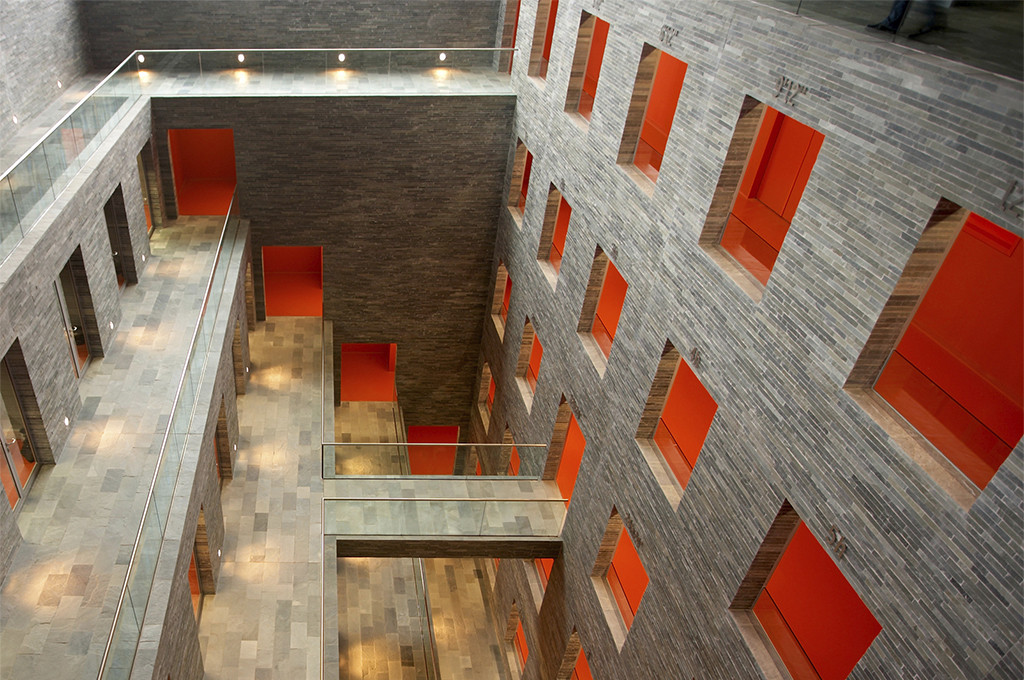In real estate, the three Ls (“location, location, location”) is an adage we’ve lived by since forever. It’s why you still see construction cranes, even in a crummy market.
But is location still the be-all and end-all?
Plus: Tenants’ market causes ‘flight to value’ | The live-work-play paradigm is incomplete
Exhibit A: Thousands of new multifamily units are being delivered around the D.C. area. Job growth has been tepid and Gross Regional Product actually shrunk last year. While there’s light at the end of the economic tunnel, we’re still in the doldrums on several fronts. Yet, thousands more units are breaking ground or under development.
Exhibit B: The inventory of new, never leased space in the D.C. metro area stands at 5 million square feet, just a fraction of the over 35 million total square feet of Class A re-let space sitting empty. There are bargains to be had almost everywhere! Yet, trophy buildings have been breaking ground.
Also: Why the outlook is bright for self-storage | How A is your Class A building?
Exhibit C: Some top restaurant operators in the D.C. area have been warning recently that the local restaurant scene is getting oversaturated with new places. At the same time, restaurant deliveries here have reached an all-time high and continue to escalate.
Exhibit D: Just up the coast, a $2.5 billion shuttered casino lies like a beached whale amid a boneyard of casinos that have already met their demise. Yet, here on the banks of the Potomac, a new, billion-dollar casino is coming out of the ground.
So is this kind of market behavior prudent? That’s up for debate.
Is it lucrative for those playing the game? Unquestionably.
OK, well that ends the debate.
You see, these new projects have a little something over the ones that are languishing or never even got built. You guessed it: It’s the L word. But these new projects have a little something more than that: relevance.
May this not rile the traditionalists: The new adage should be L3R (location times 3 plus relevance).
Relevance, aptness, applicability, appropriateness … Call it what you want. The point is that a real estate project can be built on the most prime corner in the city, but it’s not going to lease if it doesn’t meet the demands of today’s tenants in more ways than just being in the right place. Read more about that here.
Much has been written about why the top law firms and other companies will compete for the best blocks of office space priced at the top of the market. Among the points you would find in their business cases for paying top dollar are:
- To start with a clean canvas in creating a space that fits the “new” way people work
- To project a certain image, i.e. a commanding presence in the market
- To facilitate recruitment of the best talent.
To accomplish the latter, companies need buildings that are designed to be, in a word, relevant to the needs and the work style of their employees.
In a battered market, some of the well-located but commoditized product will be reinventing itself and coming back on to the market to compete at a considerably lower price point than newer projects. But in each of the examples A thru D above, the owners who shrewdly acquired the sites for these projects know, if they deliver something special, they will attract the less price-conscious tenants or patrons, as the case may be. In doing so, they know they are on a much less competitive playing field; in some cases, there is truly nothing else like their project. Hence, no competition.
Someone from MGM was interviewed about its National Harbor Casino project. This person spent less time just talking about the “awesomeness” of the casino and focused instead on why MGM is locating close to attractions like National Harbor and D.C. What MGM National Harbor is looking to attract is the guest who visits as part of an overall “D.C. experience.” The location puts MGM right in the path of those visitors.
Incidentally, that project is so big that some local GC’s with buildings starting in 2015 are repricing to account for a regional concrete shortage that will occur when they start pouring at the MGM site.
But the question remains: Why spend nearly $1 billion on a new casino when similar properties in the region are underperforming? For that matter, why spend $15 to $20 million on a restaurant build-out when the restaurant market is getting so crowded? Because, to put it very simply, these places are being built where people want to be. It’s the pack mentality — the desire to be part of a scene. Pick your scene: Atlas, NoMa, NoLo, Shaw, MVT, Cap Riverfront, Wharf. Now look where the cranes are!
Back to office buildings, this anecdote pretty well hits the nail on the head: At a state-of-the-market forum hosted by the DC Building Industry Association, an executive with one of the top local D.C. property owners said, “We’re creating better real estate.” What a perfectly succinct way to describe what a successful (and relevant) real estate project is supposed to be.
As 2015 continues, it’s predicted the job growth that will lead a modest recovery will be composed mainly of high-end jobs. The highly-educated, affluent people who will fill those jobs will want to work in the best office space, live in the best places, eat in the best restaurants and shop in the best stores.
Build on!
Steve is Senior Vice President of Colliers International in Washington, D.C. Having worked for both owners and occupiers, he writes about regional and national business trends. In his spare time, Steve is an accomplished cook and is also putting the finishing touches on his first movie screenplay. Connect with Steve on LinkedIn.

 Colliers Insights Team
Colliers Insights Team


 Coy Davidson
Coy Davidson